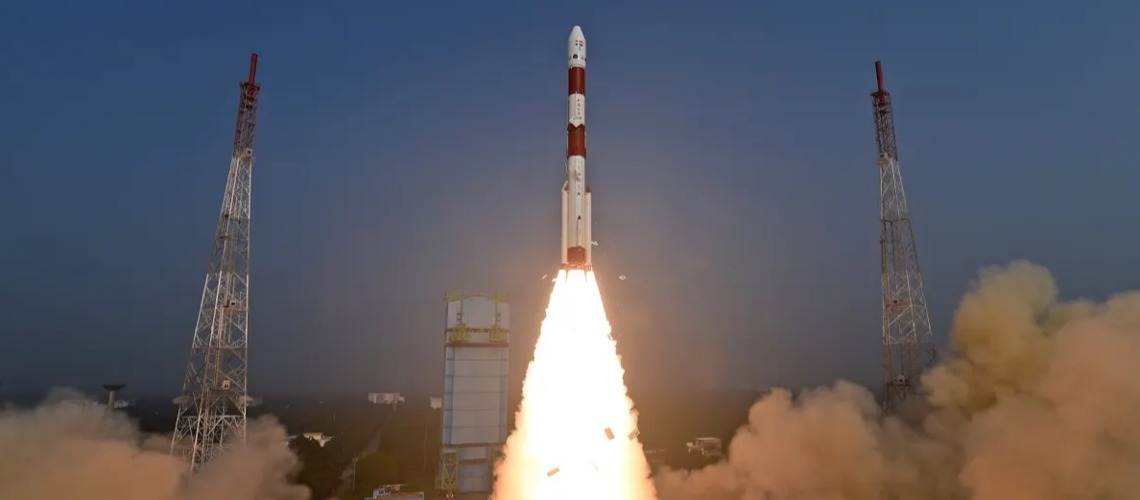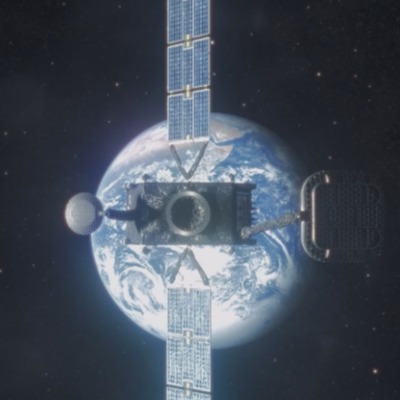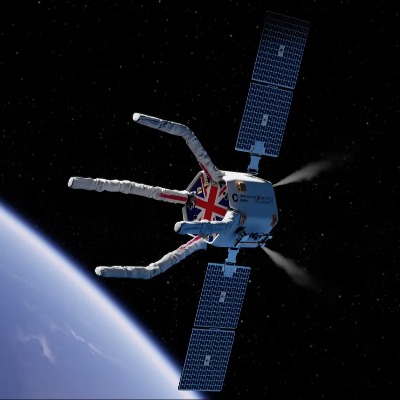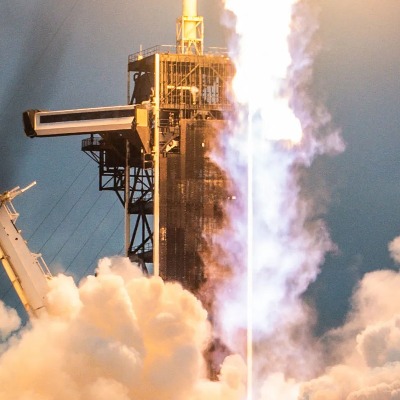Sun Chaser Reaches Home: Aditya-L1 Mission Celebrated As India Makes Space History

In a momentous occasion for Indian space exploration, the country's first dedicated solar observatory, Aditya-L1, has successfully reached its final destination – a halo orbit around the Lagrange point L1, roughly 1.5 million kilometers from Earth.
Key Points:
- Aditya-L1, India's first solar observatory, successfully reached its final destination at L1.
- The mission will continuously observe the Sun, providing valuable data on its activity and impacts.
- The achievement was celebrated as a landmark moment for Indian space exploration and scientific advancement.
- Aditya-L1's data holds potential for improving space weather forecasting and safeguarding technology.
- The mission marks a new era in India's quest to unlock the secrets of the Sun and its influence on Earth.
- The mission's arrival, marking a triumph in technological prowess and scientific dedication, was lauded by Prime Minister Narendra Modi and celebrated across the nation.
Aditya-L1, launched on August 12, 2024, onboard the powerful Indian-made Geosynchronous Satellite Launch Vehicle (GSLV Mk-III), has embarked on a historic mission to continuously observe the Sun. Located at L1, a perfect gravitational balance point between the Sun and Earth, the observatory enjoys unhindered views of our closest star, allowing for detailed and uninterrupted solar studies.
Equipped with seven sophisticated instruments, Aditya-L1 will study various aspects of the Sun, including its corona, chromosphere, and photosphere. It will observe solar flares, prominences, and coronal mass ejections – crucial phenomena that have significant impacts on Earth's climate and space technology.
"This is an extraordinary feat for India," exclaimed Prime Minister Modi in a televised address to the nation. "Aditya-L1 marks a giant leap forward in our space program and opens a new chapter in our understanding of the Sun. This mission will not only enhance our scientific knowledge but also contribute to improving space weather forecasting and protecting our technological infrastructure from solar storms."
The successful arrival of Aditya-L1 coincides with the 75th anniversary of India's independence, adding a special layer of significance to the achievement. The mission marks a culmination of years of meticulous planning, rigorous testing, and unwavering dedication from scientists and engineers at the Indian Space Research Organisation (ISRO).
The data collected by Aditya-L1 promises to unlock secrets of the Sun, its activity patterns, and its impact on Earth. This information will not only advance scientific research but also hold practical implications, potentially improving space weather forecasting and safeguarding satellites and communication networks from solar activity.
With its successful arrival at L1, Aditya-L1 has ignited a wave of excitement and pride across India. The mission stands as a testament to the nation's growing prowess in space exploration and its commitment to pushing the boundaries of scientific knowledge. As the observatory begins its vital work, the world eagerly awaits the next chapter in our understanding of the Sun, written by the sun chaser from India.




